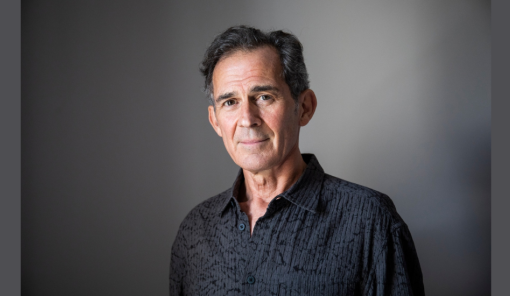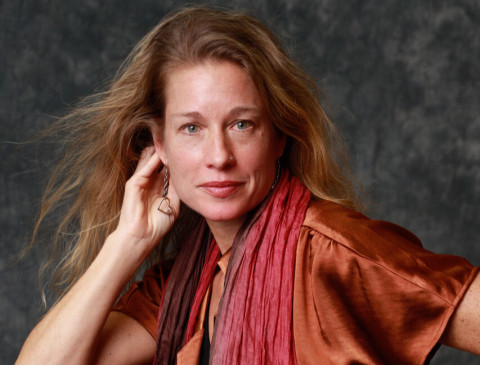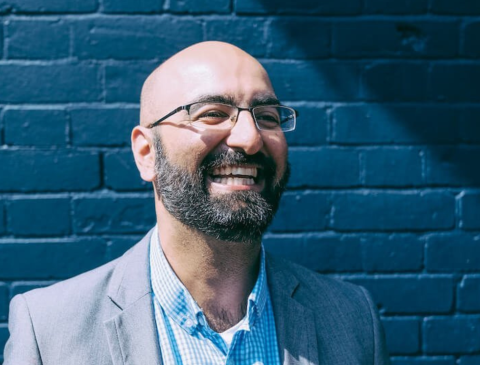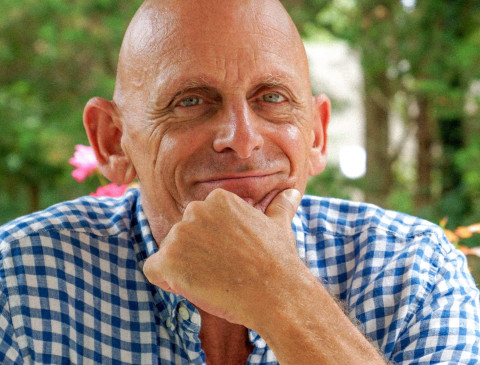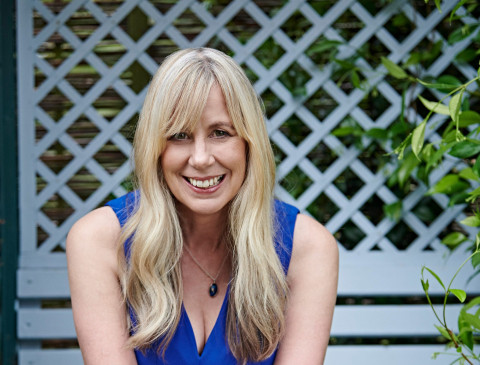Know Thyself
Alternatives says:
Rupert Spira live at St James's Church and on livestream
Description:
The words, Know Thyself, were carved above the entrance to the temple of Apollo in Delphi and stand, as such, as an invitation at the dawn of western civilization. Indeed, the imperative to know oneself stands at the heart of all the great religious and spiritual traditions.
During this evening, Rupert will be exploring why it is so important to know oneself and how to embark on this investigation. The meeting will include a guided meditation and a Q & A session.

